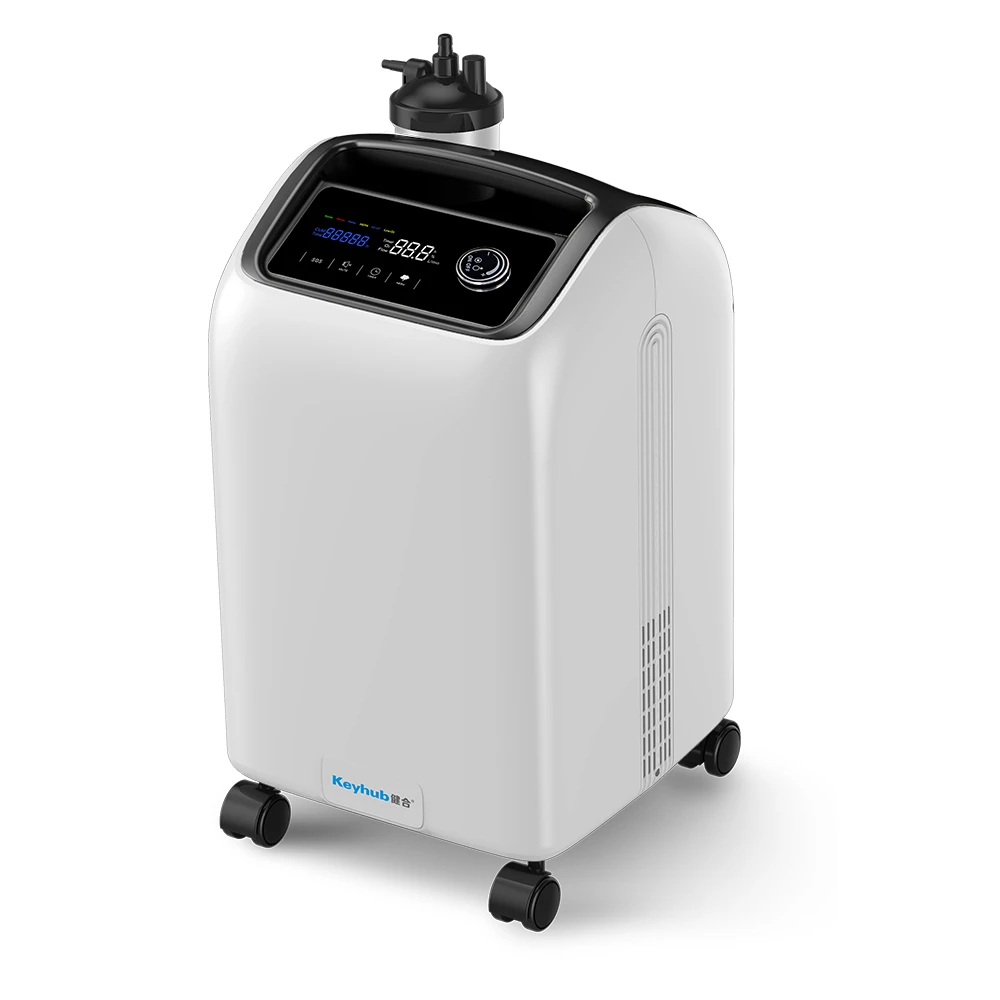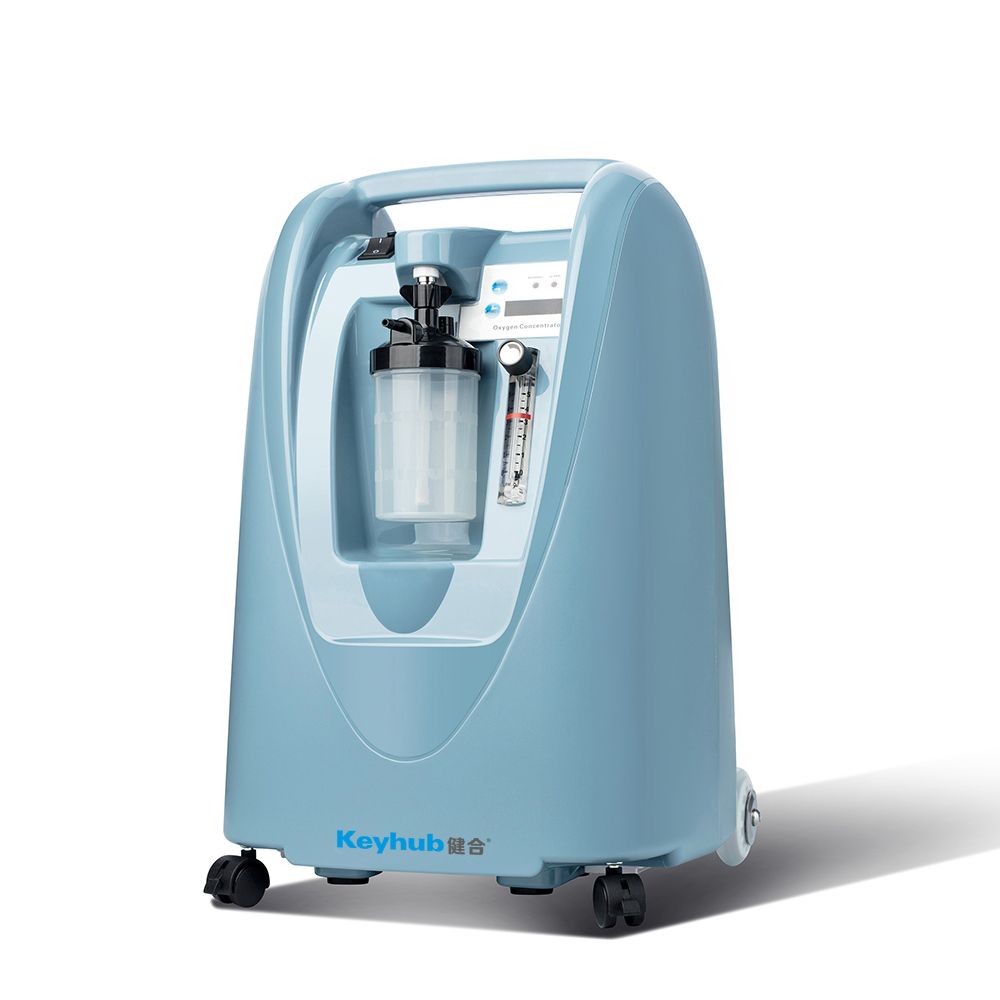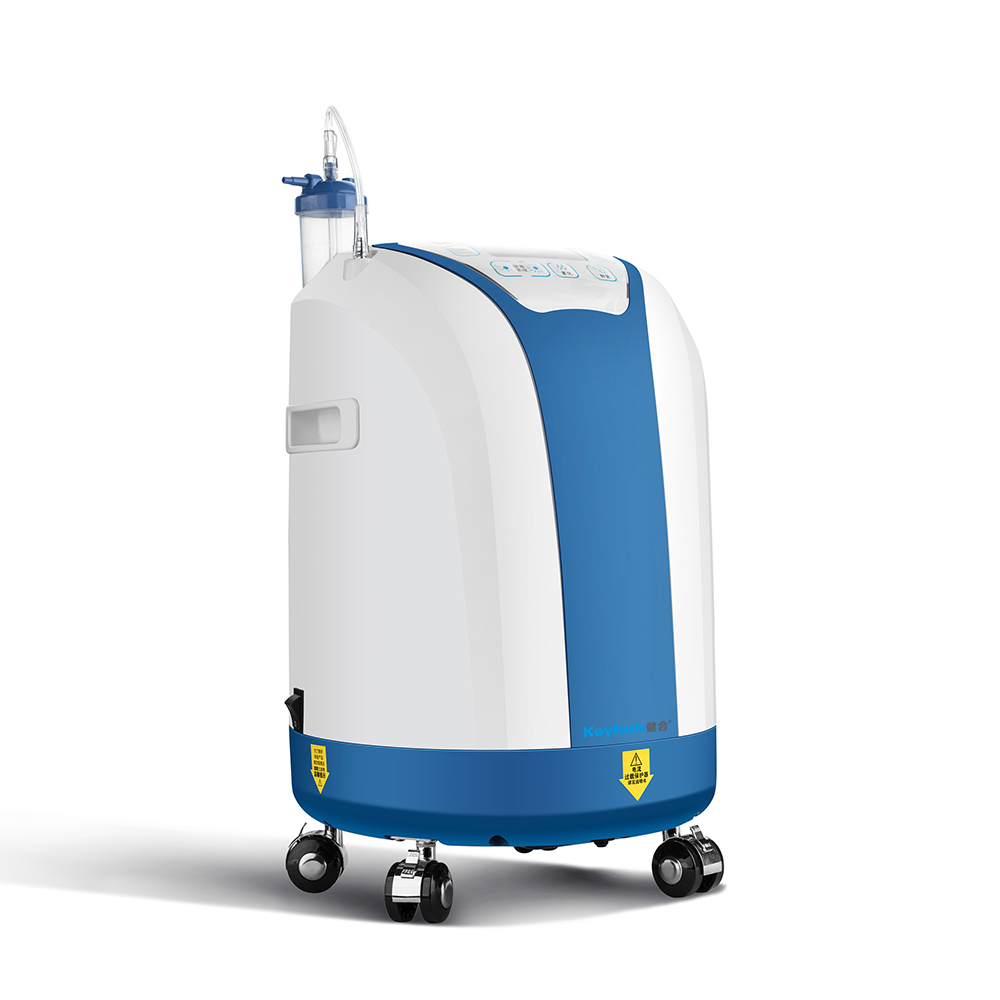With the rising need for oxygen therapy at home, many individuals are turning to oxygen concentrators as a reliable solution. Medical/Homecare oxygen concentrators offer a steady and convenient supply of oxygen, but it's essential to use them responsibly and adhere to specific precautions to ensure safety.
Medical/Homecare Oxygen Concentrator
An oxygen concentrator is a medical device that concentrates oxygen from the surrounding air and delivers it to the user through a nasal cannula or mask. They are commonly prescribed for individuals with respiratory conditions such as chronic obstructive pulmonary disease (COPD), asthma, or other lung disorders that result in low oxygen levels.
Oxygen Concentrator INT-5AX
1. Ultra Silent:≤39dB(A) Noise valve, lower than the noise average of 5-liter oxygen concentrator 15%;
2. Light-touch display more durable than buttons; display leans at 25 degrees, accords with ergonomics, more convenient and friendly to view for end users;
3. Flow rate controlled by a digital system, more accurate than rotor flow meter;
4. High intelligent functions which contains voice prompt;SOS;self inspection;alert for replacing the filter;
5. Innovative cooling technology to ensure 24/7/365 operation
Safety Precautions for Oxygen Concentrator Use
● Proper Placement
Place the oxygen concentrator in a well-ventilated area, at least six inches away from walls or furniture. Ensure that the device has enough space for air intake and proper cooling.
● No Smoking Zone
Smoking is strictly prohibited around oxygen concentrators, as oxygen-rich environments can fuel fires and explosions. Keep all open flames, including candles and gas stoves, away from the concentrator.
● Electrical Safety
Avoid using extension cords or power strips with oxygen concentrators. Plug the device directly into a grounded electrical outlet to reduce the risk of electrical hazards.
● Backup Oxygen Supply
Have a backup oxygen supply, such as oxygen cylinders, in case of power outages or equipment malfunctions.
● Temperature Considerations
Oxygen concentrators perform best within specific temperature ranges. Avoid exposing the device to extreme heat or cold.
● Regular Maintenance
Follow the manufacturer's guidelines for routine maintenance and cleaning. Keep the concentrator free from dust and debris to maintain optimal performance.
Can the User Adjust the Oxygen Flow by Himself?
No, only a healthcare professional can prescribe and adjust the oxygen flow rate based on your medical condition and oxygen saturation levels.
Is It Safe to Use an Oxygen Concentrator While Sleeping?
Oxygen concentrators are designed for continuous use, including during sleep. However, consult your doctor for personalized guidance.
Can a User Travel with an Oxygen Concentrator?
Most travel oxygen concentrators are portable and allowed on flights. However, check with your airline for specific regulations and notify them in advance.
How Noisy Are Oxygen Concentrators?
While some oxygen concentrators may produce a low hum, newer models are designed to operate quietly, ensuring minimal disruption.
Is the Oxygen Concentrator Single-User Use?
Oxygen concentrators should only be used by the person for whom they are prescribed. Each individual's oxygen requirements differ, and sharing devices can lead to incorrect oxygen delivery.
Conclusion
Using an oxygen concentrator at home can significantly improve the quality of life for those with respiratory conditions. However, it is vital to prioritize safety by following the precautions mentioned above. Always seek guidance from healthcare professionals for personalized advice and remember that safety should never be compromised when it comes to using medical devices. By adhering to these guidelines, individuals can breathe easier and enjoy a safer and more comfortable oxygen therapy experience at home.
Contact Keyhub today for more details about the oxygen concentrator and to find the perfect solution for your project.








